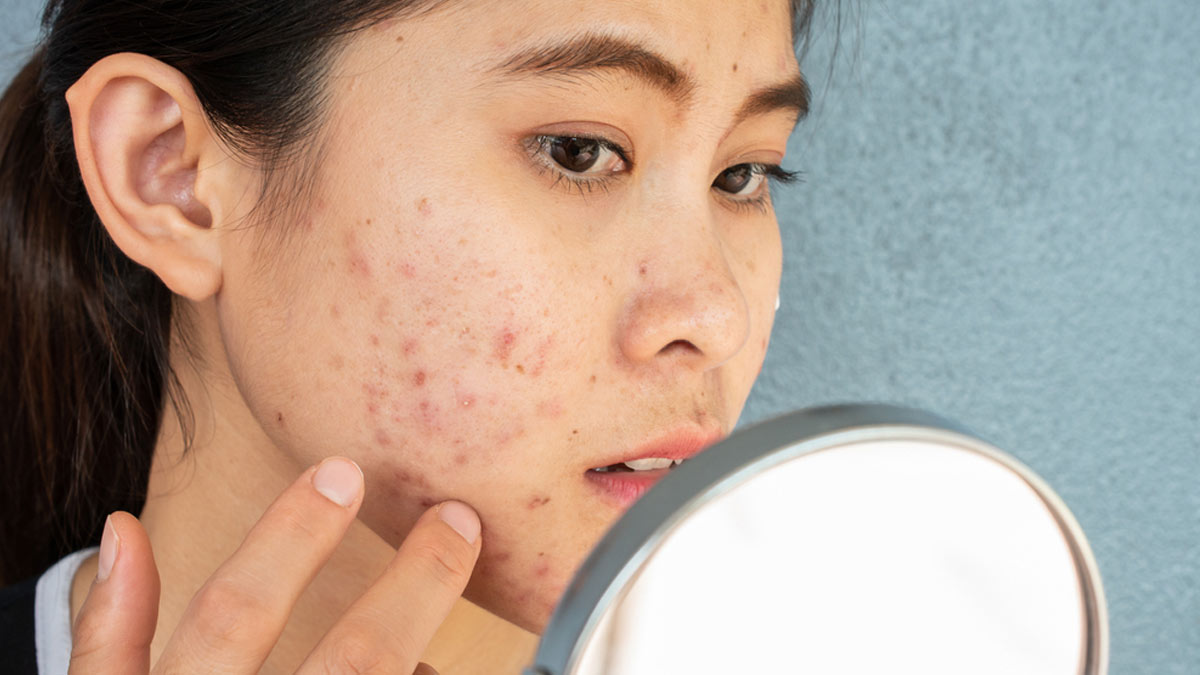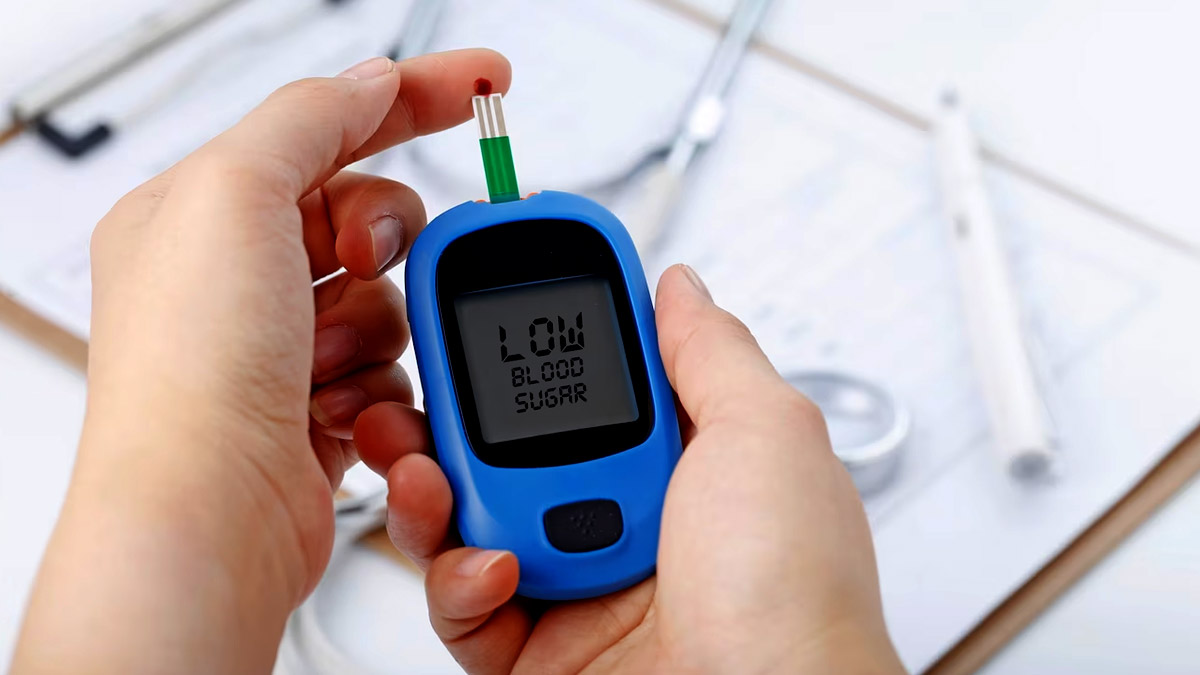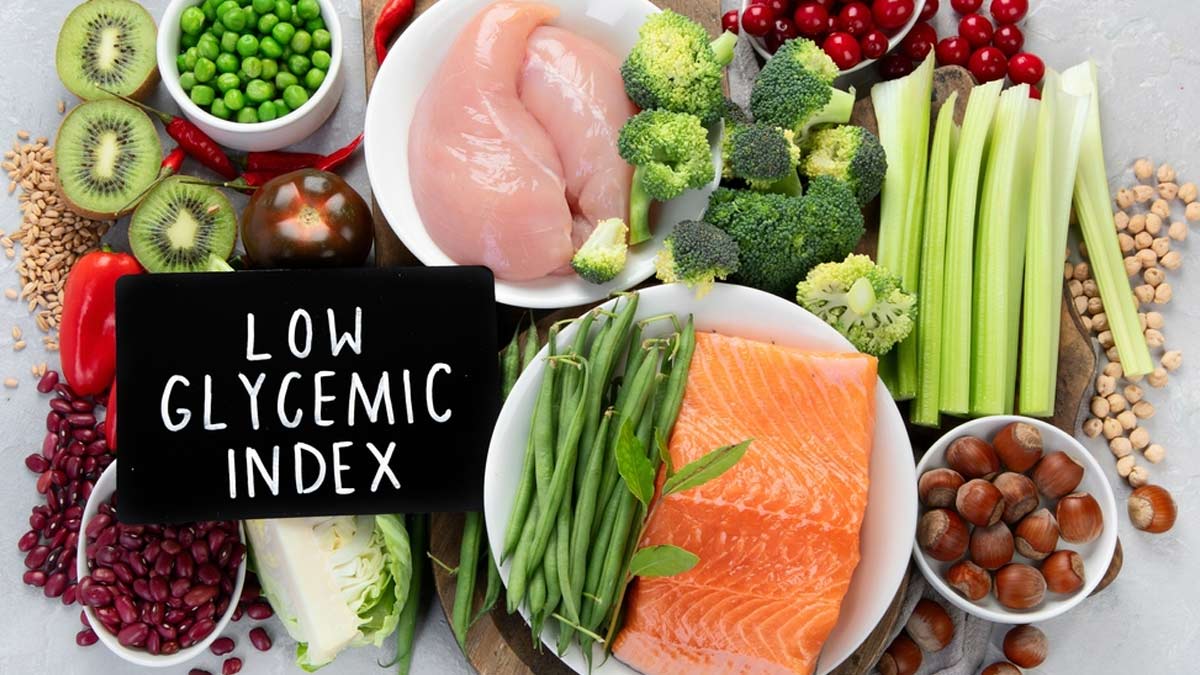

Pimples that seem to appear at the most inopportune times can be a source of frustration and insecurity. While genetics, hormones, and skin care routines all play a role, diet also has a big impact on skin health.
The American Dermatological Association (AADA) reports that researchers have found a compelling link between a low GI diet and clearer skin. "Scientists believe that following a low glycemic index diet can reduce acne because the diet lowers blood sugar levels. When blood sugar levels rise, it causes inflammation throughout the body. This inflammation causes your body produces more sebum, which is the sebum on the skin,” says the AADA.
Understanding the glycemic index

The glycemic index (GI) is a measure of how fast and how much a certain food raises the blood sugar level. Foods are rated on a scale of 0 to 100, with higher values indicating a rapid rise in blood sugar. Foods with an index below 55 are considered low glycemic index and foods above 70 are considered high glycemic index.
Also read: From increased hunger to tiredness, experts list the symptoms of blood sugar
The relationship between the glycemic index and acne
Foods with a high glycemic index can affect hormones and therefore the skin.
- Insulin and androgens: Foods with a high glycemic index cause a rapid rise in blood sugar levels, leading to an increase in insulin production. High insulin levels stimulate the release of androgens (male hormones) in both men and women. Androgens can cause excess oil production in the skin, clogging pores and leading to acne.
- Inflammation: Foods with a high glycemic index are associated with higher levels of inflammation in the body. Inflammation can worsen existing acne and make your skin more prone to breakouts.
How to follow a low glycemic index diet?

Switching to a low-glycemic diet doesn't mean giving up all carbs. Instead, it's about making smarter food choices:
Also Read: Diabetic Diet: Experts List Seeds That Can Control Blood Sugar
- Choose complex carbohydrates: Choose whole grains like oats, quinoa, and brown rice, which have a lower GI than refined grains like white bread and sugary cereals.
- Load up on vegetables: Include more non-starchy vegetables in your diet. They are low in sugar and high in essential nutrients.
- Healthy Fats: Include sources of healthy fats like avocados, nuts, and seeds. These help stabilize blood sugar levels.
- Lean protein: Prioritize protein sources like poultry, fish, and tofu. Protein-rich foods help control blood sugar levels.
- Snack wisely: If you need a snack, choose low-GI options like Greek yogurt with berries or nuts.
- Limit sugary foods – Cut down on sugary foods and drinks as they have a high GI.
While a low GI diet by itself is not a miracle cure for skin conditions, it can be an important part of an overall strategy for clear skin. Remember that individual responses to dietary changes may vary. Therefore, it is important to be patient and persistent. In addition to a low GI diet, maintaining good skin care habits and seeing a dermatologist can help you achieve the healthy, glowing skin you want.

